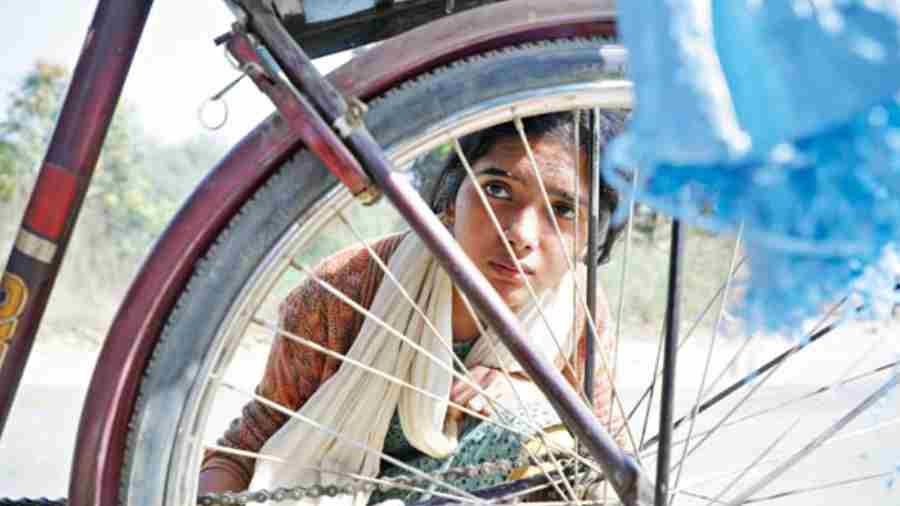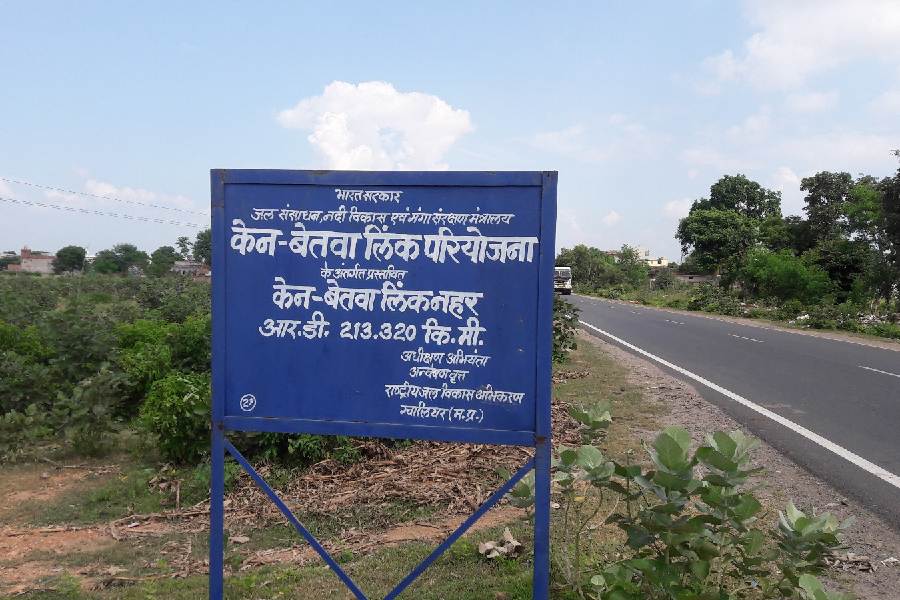Siya begins with a wordless, prolonged shot of a young girl walking out of her modest home late in the night to relieve herself in the field outside. Through this moment alone, debutant director Manish Mundra establishes the vulnerability that the film’s eponymous protagonist — and millions of women in India — face, one that denies them even the bare basics of safety and privacy.
The silence is not limited to just this scene alone. It permeates through the film, finally culminating in a wordless scream. For Siya —played with remarkable confidence and screen presence by newcomer Pooja Pandey — the struggle for her fundamental right to dignity doesn’t end with her taking the decision to bring her rapists to justice. It starts after that.
Mundra, who as producer has backed seminal cinema like Masaan and Newton, is relentless in his portrayal of the grim and grimy texture of his subject. There is no relief and redemption for Siya, and for the countless others like her, who brave societal pressure and oppressive forces trying to silence their truth, to stand up and seek justice. But what they are met with are systemic discouragement, bribe of one sort or the other and threats. And, in many, cases, death.
Mirroring the 2017 Unnao rape case — in which the survivor and her family were hounded mercilessly when they chose to step forward and seek justice — Siya takes place in Devganj, somewhere in the Uttar Pradesh hinterland.
The young girl goes missing one day and after her family is peremptorily dismissed by the administration, including cops and political players, she is found in an abandoned building. Siya had been chained and raped for days. When she gets a hold on herself and bravely sets out to bring her perpetrators to book — aided by a lawyer named Mahender (played with assured conviction by Vineet Kumar Singh) — Siya realises that her troubles have just begun.
Siya, now playing in theatres, does well in calling out the powers that be unsparingly, but the film is very bleak. Hope, not even a faint glimmer of it, is something that Mundra is interested in showing. So much so that at one point in the film, Siya asks Mahender, “What is the point of getting justice when there is no one left alive to give justice to?” When you go in for Siya, you don’t sign up for feel-good cinema, but the bitter pill, presented without any sort of extenuating coating, is sometimes a little too hard to swallow.
Mundra’s single-eyed focus on the starkness of his subject enables him to lay bare many harsh truths, but in doing so, he becomes guilty of tarring a large section of the players in his film with the same brush of prejudice and corruption. However, as a first effort, he needs to be commended for not only attempting a story that lays bare gender violence and caste oppression, but also for seeing it through on screen, despite its flaws.
Siya’s quest for justice sees not only her truth, but also her life endangered. That final shot of her leg faintly twitching to life on the hospital bed shows that she will continue fighting. If only hope had kicked in earlier in Siya.











